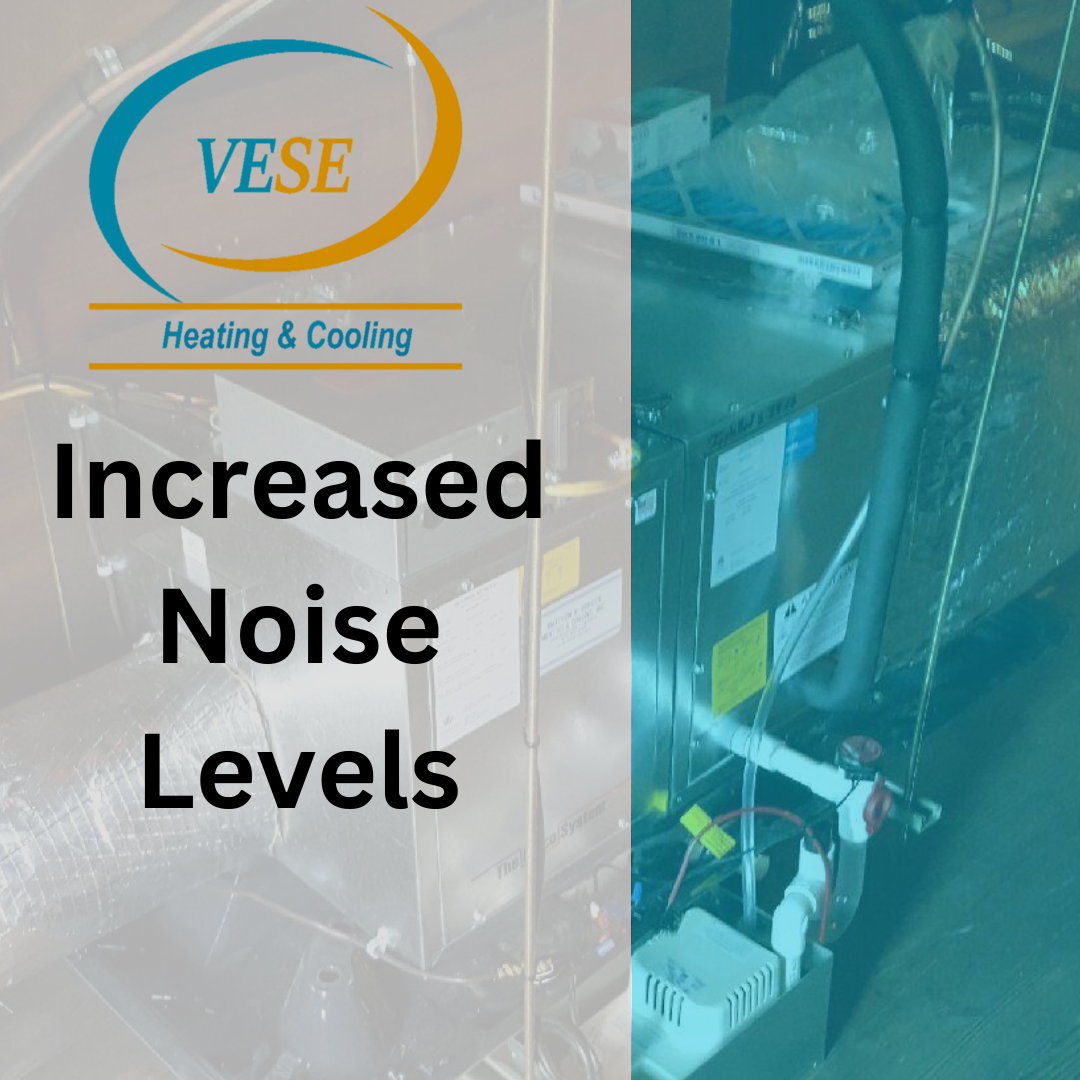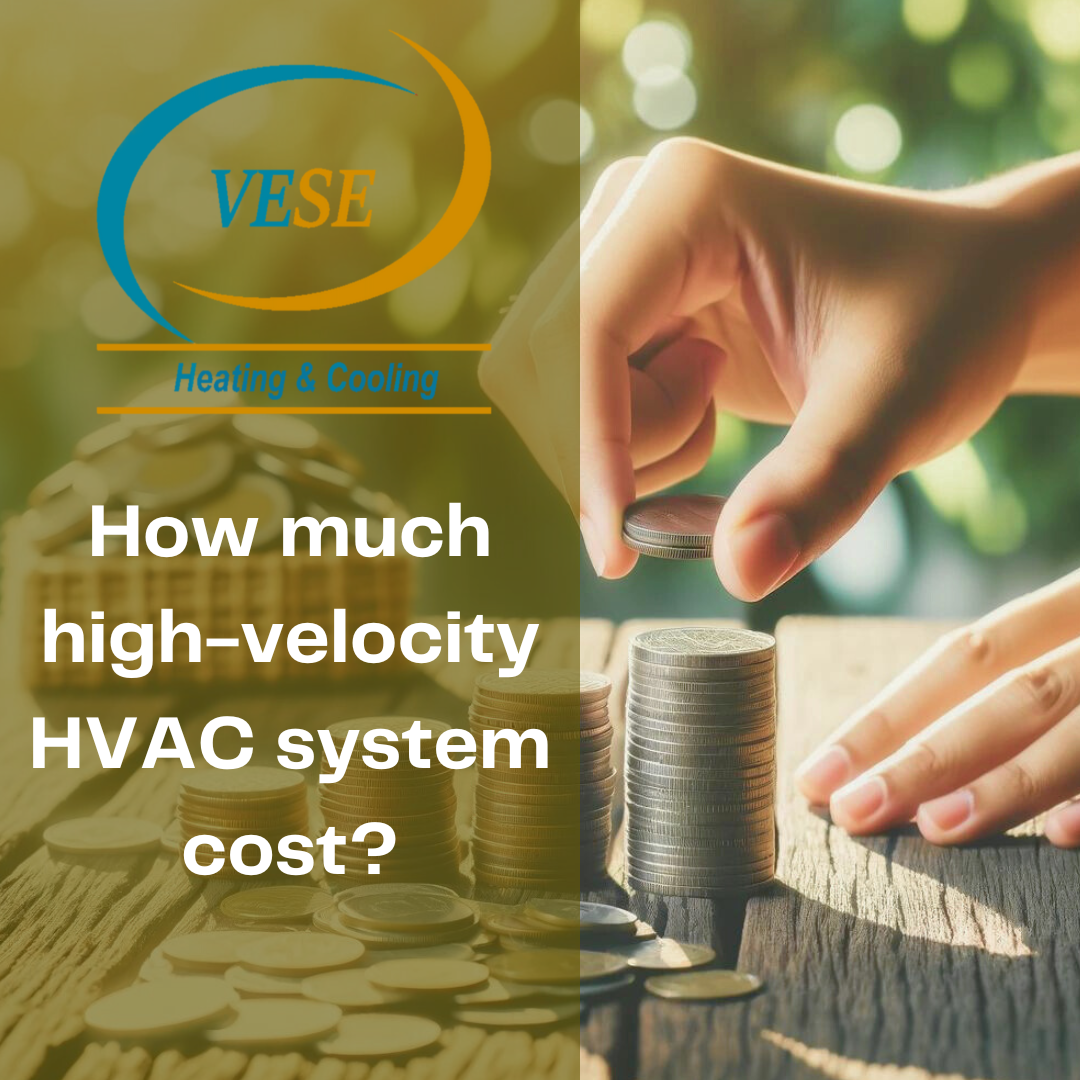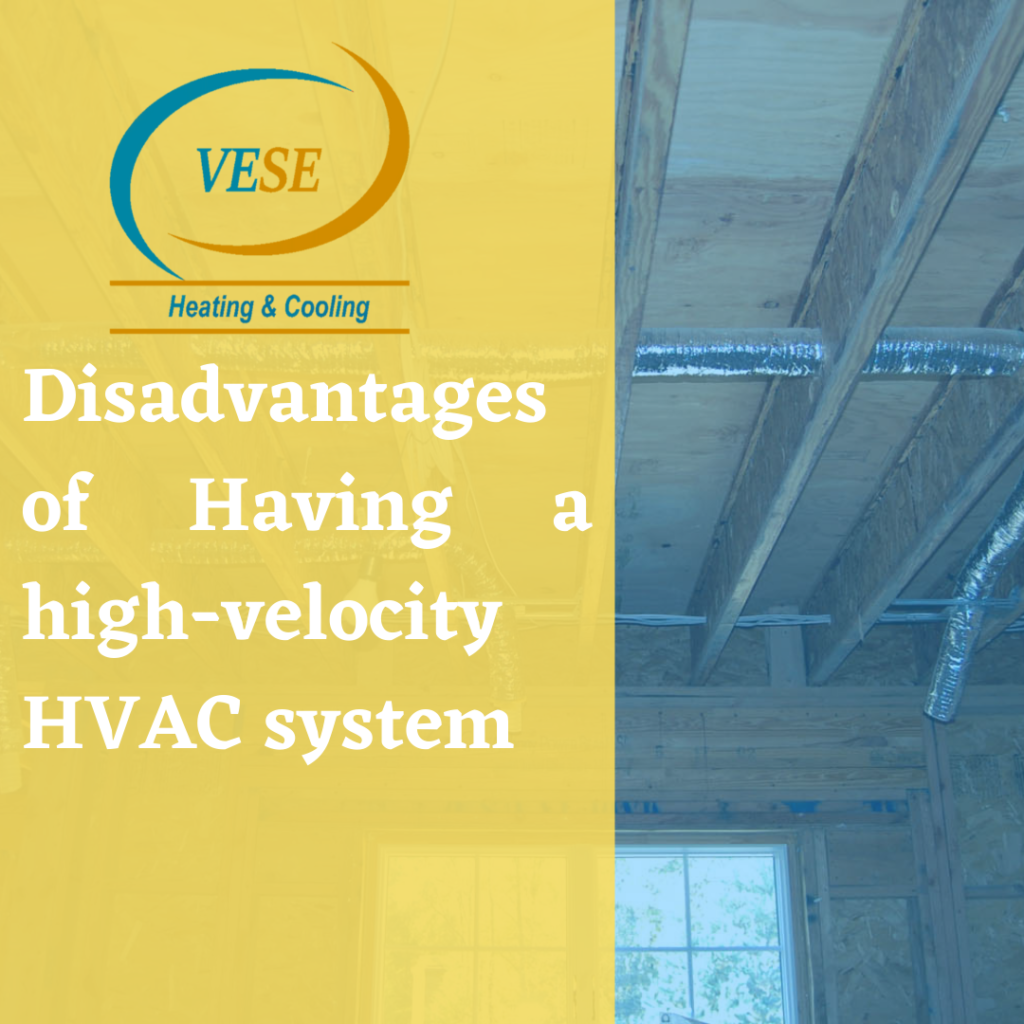There are several types of HVAC (Heating, Ventilation, and Air Conditioning) systems available on the market today we will explain the disadvantages of having a high-velocity HVAC system. The high-velocity HVAC system is one such system that has grown in popularity in recent years. While this technology offers advantages, it is critical to recognize its possible downsides before implementing it. In this post, we will look at the drawbacks of high-velocity HVAC systems in order to help you make an informed decision about your heating and cooling needs. High-velocity systems also include an air handler that may be used in conjunction with a normal thermostat and your heat pump or air conditioner.
Those who use high-velocity systems may realize that their house isn’t cooling as quickly, as ducted systems of the same size due to ducted HVAC systems use significantly larger supply means in comparison to high-velocity systems. The main difference is a high-velocity system uses smaller, more flexible equipment than a standard AC unit.
The disadvantages of Having a high-velocity HVAC system

- Increased Noise Levels:
High-velocity HVAC systems utilize smaller ductwork and higher air velocities to distribute conditioned air effectively. However, this increased airflow can result in higher noise levels compared to traditional HVAC systems. The higher air velocity can cause air movement sounds and vibrations that may be noticeable, especially in smaller spaces or quiet environments. This potential increase in noise can be a significant drawback for those seeking a quieter living or working environment.
- Limited Air Distribution Distance:
Due to the smaller ductwork and higher airflow velocity, high-velocity HVAC systems have a limited air distribution distance. This limitation can make it challenging to evenly distribute conditioned air throughout larger or multi-story buildings. The reduced reach may result in uneven temperature distribution, with some areas receiving more cooling or heating than others. Additional ductwork or zoning systems might be required to address this limitation, potentially increasing installation and maintenance costs.
- Higher Energy Consumption:
While high-velocity HVAC systems excel at quickly heating or cooling spaces, their higher airflow velocity often requires more energy. The increased energy consumption can lead to higher utility bills, making these systems less energy-efficient compared to other HVAC options. Additionally, the higher energy usage can put additional strain on the system’s components, potentially leading to more frequent maintenance or repairs.
- Limited Air Filtration and Humidity Control:
High-velocity HVAC systems prioritize delivering conditioned air quickly, often sacrificing advanced air filtration and humidity control. The smaller ductwork and high airflow velocity can limit the system’s ability to effectively filter and remove allergens, dust particles, and pollutants from the air. Similarly, maintaining optimal humidity levels can be challenging due to the rapid air movement. If air quality or humidity control is a top priority, alternative HVAC systems may be more suitable.
- Higher Installation and Maintenance Costs:
Implementing a high-velocity HVAC system typically requires specialized equipment and expertise. The smaller ductwork, higher air velocities, and unique design considerations can increase installation costs compared to traditional HVAC systems. Moreover, the intricate nature of these systems might necessitate specialized maintenance and repair services, potentially leading to higher maintenance costs over time.

How much high-velocity HVAC system cost?
Prices vary greatly, and they are more expensive than traditional HVAC systems. The Spacepak systems, for example, cost between $8,700 and $14,600. The price of a high-velocity system will be determined by two factors: system size and type of heating and cooling.
To sum up: The disadvantage of Having a high-velocity HVAC system
While high-velocity HVAC systems offer certain advantages, it is important to consider their potential drawbacks before buying a property that has a high-velocity HVAC system already installed. One notable drawback is the increased noise levels associated with these systems due to the higher air velocities and smaller ductwork. This can be a significant concern for individuals seeking a quieter living or working environment. Moreover, the higher energy consumption of these systems compared to traditional HVAC options can lead to increased utility bills and additional strain on system components. The prioritization of quick air delivery in high-velocity systems may result in limited air filtration and humidity control, making alternative systems more suitable for those with air quality or humidity control as top priorities. Last but not least, the specialized equipment, unique design considerations, and most importantly that very few HVAC contractors specialize in maintenance and repair services on high-velocity systems, which leads to difficulty to find the right contractor and high service or maintenance costs on those systems.
Here at Vese Heating & Cooling, we specialize in high-velocity HVAC systems. Please contact us at (825) 343-6222 if you require any form of support, repair, or advice with reference to the high velocity of air conditioner. We’d be delighted to assist you.

